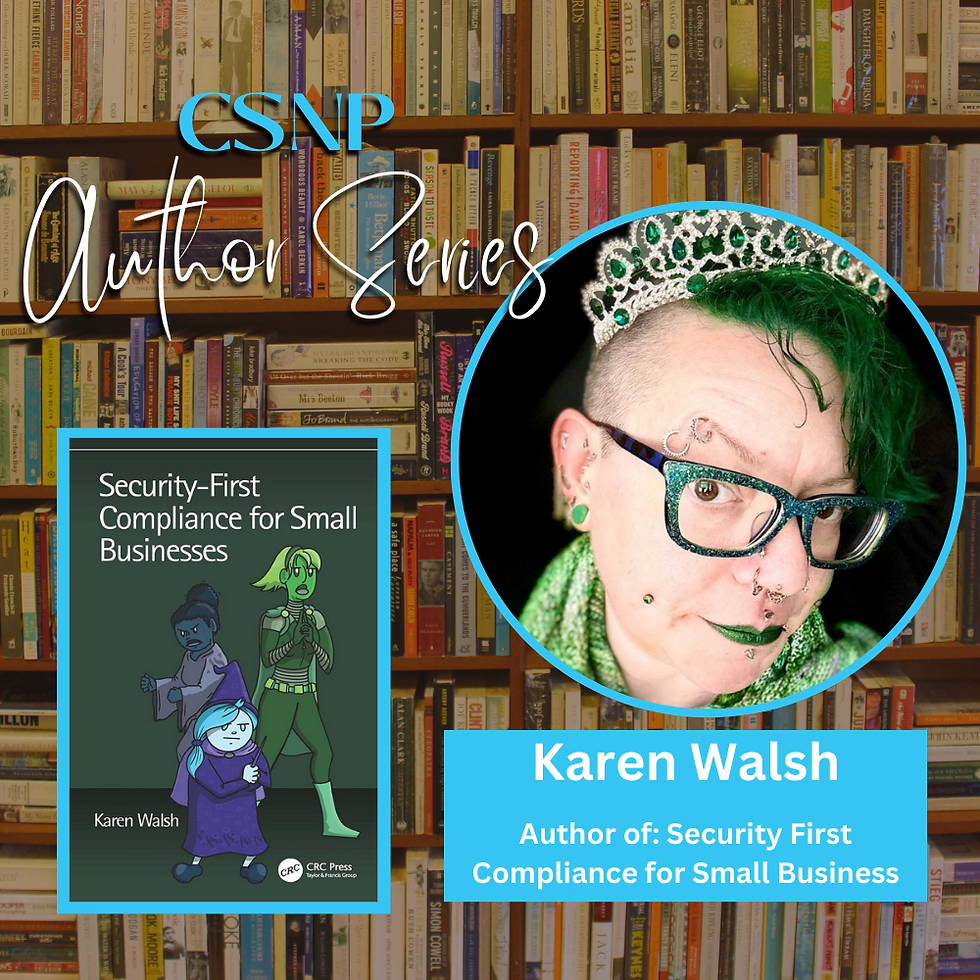Life as a Continuous Sprinted Prototype
- abdelsyfane
- Sep 26, 2022
- 2 min read

Author Shary J. Llanos Antonio
Recently, I evaluated my medium and short-term life goals, which I established during my mentorship journey with Dr. Mentor, Carolina Salguero.

At the same time, I've been exploring product/project development methodologies concepts. It all made me reflect on how efficient and practical it is to apply these concepts to our daily and professional lives.
In product/project development, a sprint (or iteration) is just a long enough period to develop and test stories/ideas while short enough to pivot quickly. A prototype allows us to develop an idea to check if it is feasible.
I've been in mentoring for 1+ year now, and the greatest gift from my mentor is the liberty to prototype by sprinting through ideas, conversations, stories, courses, and life experiences. My mentor supported my growth and helped me become my own product owner by allowing me the safe space to fail, know myself better and empathize with my flaws and strengths.
My greatest learning so far is finding ways to embrace life as an ever-changing journey, and oh dear, change is a difficult subject for me.
Going back to product/project development methodologies concepts, a sprint (or an iteration) is an Agile concept, and prototyping is a Design Thinking concept. While Agile is an approach to problem-solving, design thinking is an approach to problem-finding.
Let's think of this for a minute… problem-solving vs. problem finding…
My mentoring experience has been a flavor of the design thinking methodology, and for me, it has been a journey from a problem-finding to a problem-solving mindset.
Design thinking follows 5 steps: Empathize, Define, Ideate, Prototype, and Test. Through these steps, we can understand what the problem is and challenge assumptions to create new ideas that we can then prototype and test. But testing in Design Thinking is not structured towards effectiveness and efficiency, so here comes Agile with a problem-solving mindset that iteratively builds solutions for the defined problems.
So, applying these concepts to daily and/or professional life will require
Empathize with ourselves, and understand our behaviors and motivations.
State our needs and problems, the real ones, not the imaginary ones.
Challenge our assumptions according to our personal and/or professional goals, and create ideas.
Start testing solutions by prototyping. Start small, and strive for balance.
What did we learn? How can we improve on the solution? Should we change the idea?
Sprint/iterate. Apply the learned lessons.
Share your experiences.
For me, that's life, a continuous sprinted prototype!
About the author:Shary Llanos Antonio is an Afrolatina Information Technology (IT) and Security (InfoSec) professional who is passionate about cybersecurity awareness and community empowerment through science, technology, and innovation. She completed a Computer Science masters, and she is certified as an auditor in ISO/IEC 27001:2013 and ISO/IEC 22301:2019. With more than 7 years of experience as an IT project manager and InfoSec specialist, she led the InfoSec governance and risk management strategy for a state government office, ensuring compliance of privacy policies, plans, and procedures. She is currently further developing her technical and leadership skills as system administrator in a multinational corporation. She is also a member of Women in Cybersecurity (WiCyS) and co-founder of a non for profit organization that uses science, technology, and education to help vulnerable communities. @techbyshar




Comments